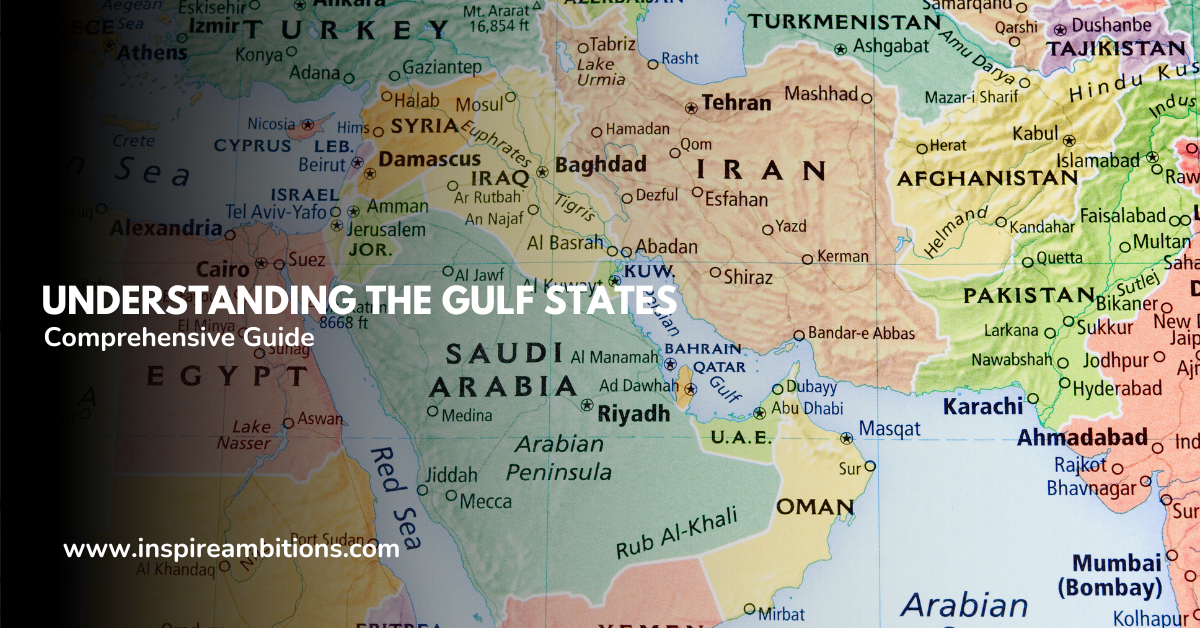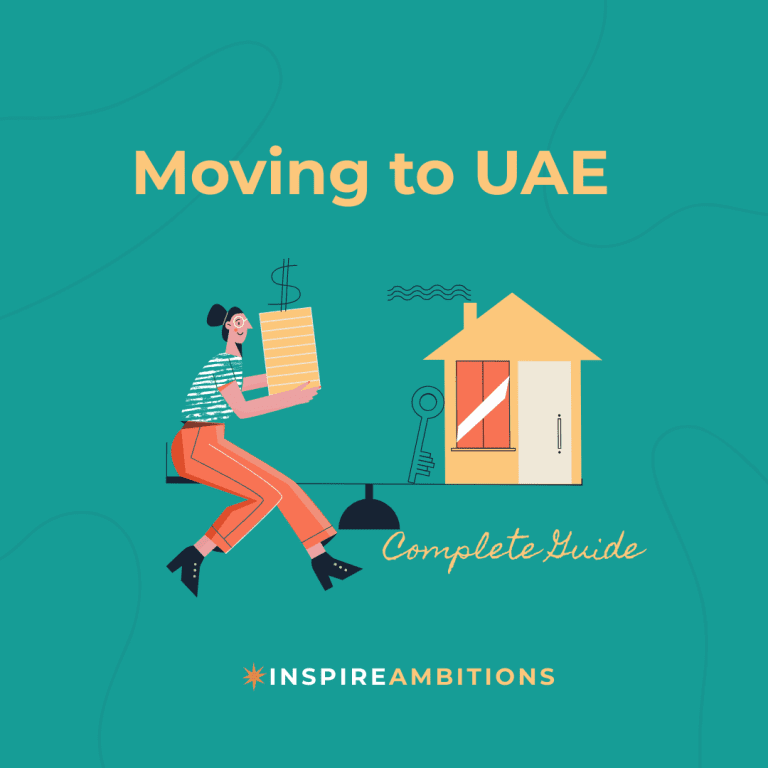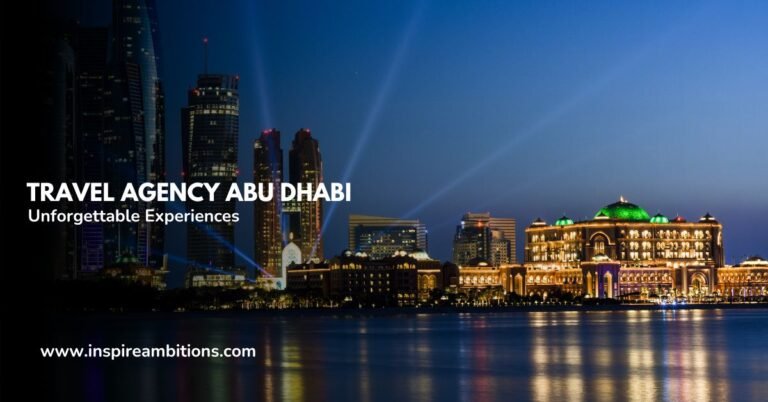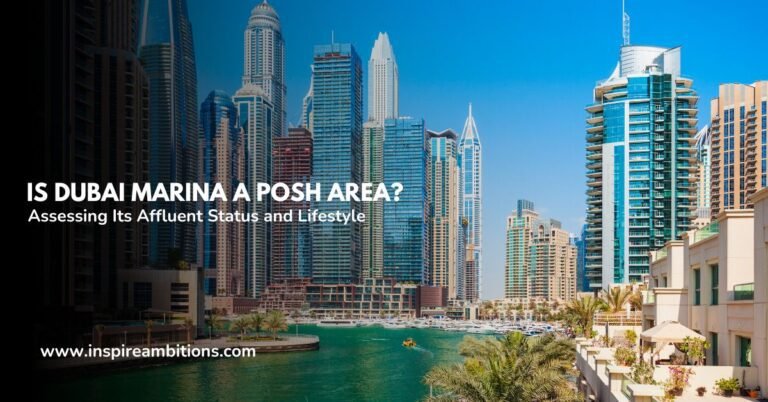Understanding the Gulf States: A Comprehensive Guide
The Gulf States, a group of countries in the Persian Gulf region, play a significant role in global geopolitics, economics, and culture. These nations have garnered international attention for their vast oil reserves, strategic location, and rapid modernization. In this comprehensive guide, we’ll delve into the intricacies of the Gulf States, exploring their history, economy, and cultural landscapes.
The Eight Gulf States Explained
The term “Gulf States” refers to the following eight countries:
- Bahrain: A small island nation known for its financial services and pearl industry.
- Iran: A significant regional power with a rich history and diverse culture.
- Iraq: A country with ancient roots now focusing on rebuilding after years of conflict.
- Kuwait: A small but wealthy nation with significant oil reserves.
- Oman: A country known for its traditional culture and stunning natural beauty.
- Qatar: A small peninsula nation with a thriving economy and global influence.
- Saudi Arabia: The largest Gulf State, known for its vast oil reserves and Islamic holy sites.
- United Arab Emirates (UAE): A federation of seven emirates known for its modern cities and tourism industry.
Origins of the Term “Gulf States”
The term “Gulf States” derives from the countries’ geographical location along the Persian Gulf, a body of water that separates the Arabian Peninsula from Iran. The Persian Gulf has been a vital trade route for centuries, connecting the Middle East with South Asia and East Africa.
The Gulf States’ strategic location has shaped their history and cultural identities, with maritime trade and pearl diving being integral to their economies before the discovery of oil.
Why They Are Called the Gulf States?
The countries along the Persian Gulf are collectively referred to as Gulf States due to their shared geographical, political, cultural, and economic characteristics. These nations have several commonalities:
- Geographic proximity: All eight countries border the Persian Gulf, facilitating trade and cultural exchange.
- Political systems: Most Gulf States are monarchies, with ruling families holding significant power.
- Economic reliance on oil: The Gulf States are known for their vast oil reserves, which have driven their economic growth and modernization.
- Cultural and linguistic ties: Arabic is the primary language in most Gulf States, and they share many cultural traditions and values.
Historical Timeline
- 7th century: Islam spreads to the Gulf region, becoming the dominant religion.
- 16th-20th century: European powers, including the Portuguese, Dutch, and British, establish a presence in the Gulf region.
- 1932: Saudi Arabia is founded as a kingdom.
- 1960s: Oil discoveries lead to rapid economic growth and modernization in the Gulf States.
- 1971: Bahrain, Qatar, and the UAE gain independence from Britain.
- 1981: The Gulf Cooperation Council (GCC) is established to promote cooperation among the Gulf States.
- 2000s-present: The Gulf States continue diversifying their economies and investing in tourism, finance, and technology sectors.
Economic Insights
The Gulf States are known for their oil-based economies, with some of the world’s largest oil reserves in the region. However, these countries have tried to diversify their economies and reduce their reliance on oil in recent years.
Saudi Arabia has the largest economy among the Gulf States, with a GDP of $792 billion (2020). The country invests heavily in technology, tourism, and renewable energy as part of its Vision 2030 plan.
The United Arab Emirates has the second-largest economy in the region, with a GDP of $421 billion (2020). The UAE has successfully diversified its economy, with non-oil sectors such as tourism, trade, and finance contributing significantly to its growth.
Despite its small size, Qatar has the highest GDP per capita in the Gulf States, thanks to its vast natural gas reserves and strategic investments in sectors such as education and infrastructure.
The Gulf States and Employment Opportunities
The Gulf States have attracted many expats due to their thriving economies and job opportunities. Among the Gulf States, the United Arab Emirates (UAE) is often considered the best country for employment, particularly in the finance, technology, and tourism sectors.
The UAE’s cities, such as Dubai and Abu Dhabi, have become global hubs for business and innovation, offering competitive salaries and a high standard of living. Other Gulf States, such as Qatar and Saudi Arabia, also provide attractive employment prospects in various industries.
“Working in the UAE has been a fantastic experience for me. The country offers a great work-life balance, and the multicultural environment has allowed me to grow both professionally and personally.” – Ahmed, expat in Dubai
“Qatar’s focus on education and research has created exciting opportunities for professionals in academia and innovation. The country’s commitment to growth and development is awe-inspiring.” – Sarah, expat in Doha
The Smallest Gulf Country
The smallest Gulf State in terms of land area and population is Bahrain. With a total area of just 765 square kilometres (295 square miles) and a population of around 1.7 million, Bahrain is dwarfed by its larger neighbours like Saudi Arabia and Iran.
Despite its small size, Bahrain has played a significant role in the region’s history and economy, being a major centre for trade and finance. The country is also known for its relatively liberal social policies compared to other Gulf States.
Gulf vs Middle East: Clarifying the Difference
“Gulf States” and “Middle East” are often used interchangeably but refer to different geographical and political entities. The Middle East is a broader region that includes the Gulf States and countries like Egypt, Israel, Jordan, Lebanon, Palestine, Syria, and Turkey.
While the Gulf States are part of the Middle East, not all Middle Eastern countries are Gulf States. The Gulf States are specifically those nations that border the Persian Gulf, sharing common economic and cultural ties.
The World’s Largest Gulf
The world’s largest Gulf is the Gulf of Mexico, between the United States, Mexico, and Cuba. Covering an area of approximately 1.6 million square kilometres (600,000 square miles), the Gulf of Mexico is significantly larger than the Persian Gulf, which spans about 251,000 square kilometres (97,000 square miles).
Despite its size, the Gulf of Mexico does not have the same geopolitical and economic significance as the Persian Gulf, a vital oil source and a strategic trade route.
Kuwait and the UAE: A Clarification
Kuwait and the United Arab Emirates (UAE) are independent countries within the Gulf States region. Although they share many cultural and economic ties, they are separate sovereign nations with their governments, laws, and territories.
Kuwait is a constitutional monarchy with a long history, gaining independence from Britain in 1961. Conversely, the UAE is a federation of seven emirates that united in 1971 after gaining independence from Britain.
Why Yemen Is Not Considered a Gulf State
Yemen is often associated with the Gulf States due to its proximity to the Persian Gulf and its cultural and linguistic ties with neighbouring countries. However, Yemen is not typically classified as a Gulf State for several reasons:
- Geography: Although Yemen borders Saudi Arabia and Oman, it has no coastline along the Persian Gulf.
- Political and economic differences: Yemen has a different political system and has faced significant instability and economic challenges compared to the Gulf States.
- Historical context: Yemen has a distinct trajectory and was not part of the same British protectorates as many Gulf States.
Despite these differences, Yemen maintains close ties with the Gulf States, and many Yemenis work in Gulf countries as expats.
Understanding GCC
The Gulf Cooperation Council (GCC) is a regional intergovernmental political and economic union of six Gulf States: Bahrain, Kuwait, Oman, Qatar, Saudi Arabia, and the United Arab Emirates. The GCC was established in 1981 to promote cooperation and integration among its member states.
The GCC coordinates policies across various sectors, including economy, trade, tourism, and security. While all GCC members are Gulf States, not all Gulf States are part of the GCC. Iran and Iraq are not council members due to political and ideological differences with the other Gulf States.
Cultural Highlights
The Gulf States have a rich cultural heritage combining Arab, Persian, and Islamic influences. Some of the most notable cultural aspects of the region include:
- Traditional dress: The thobe (for men) and abaya (for women) are the most common conventional garments in the Gulf States.
- Cuisine: Gulf cuisine features a mix of Arab, Persian, and Indian flavours, with dishes like machboos (spiced rice with meat) and shawarma being popular.
- Music: Traditional Gulf music includes genres like khaleeji, which features rhythmic drums and stringed instruments.
- Art: Islamic calligraphy and geometric patterns are prominent in Gulf art, as seen in the region’s architecture and decor.
Tourism Opportunities
The Gulf States have invested heavily in tourism in recent years, developing world-class attractions and infrastructure to attract visitors from around the globe. Some of the most popular tourist destinations in the region include:
- Dubai, UAE: Known for its iconic skyscrapers, luxurious hotels, and bustling shopping malls, Dubai is a top tourist destination in the Gulf.
- Abu Dhabi, UAE: The capital of the UAE offers a mix of modern attractions and cultural sites, including the Sheikh Zayed Grand Mosque.
- Doha, Qatar: Qatar’s capital has gained global attention for its innovative museums, such as the Museum of Islamic Art, and hosting the 2022 FIFA World Cup.
- Muscat, Oman: The Omani capital is known for its historic forts, traditional souks, and stunning natural beauty, including the Bimmah Sinkhole and Wadi Shab.
When visiting the Gulf States, being aware of local customs and cultural etiquette is essential. Dress modestly, respect religious traditions, and familiarize yourself with specific laws or regulations in your destination country.
Sustainability and Future Development
As the Gulf States seek to diversify their economies and plan for a post-oil future, sustainability and innovation have become key focus areas. Some notable initiatives include:
- Saudi Arabia’s Vision 2030: This ambitious plan aims to reduce Saudi Arabia’s dependence on oil, invest in renewable energy, and develop sectors such as tourism and technology.
- UAE’s Green Economy: The UAE has set targets to increase the share of clean energy in its total energy mix and promote sustainable practices across various sectors.
- Oman’s Environmental Conservation: Oman has established protected areas and nature reserves to safeguard its biodiversity and promote eco-tourism.
Geopolitical Context
The Gulf States play a significant role in regional and global geopolitics due to their strategic location, energy resources, and economic influence. Some key geopolitical issues in the region include:
- Iran-Saudi Arabia rivalry: The two largest Gulf States have long been in a power struggle for regional influence, leading to proxy conflicts and diplomatic tensions.
- Qatar diplomatic crisis: In 2017, Saudi Arabia, the UAE, Bahrain, and Egypt severed diplomatic ties with Qatar, accusing it of supporting terrorism. The situation was resolved in 2021 with the signing of the Al-Ula Declaration.
- US-Gulf relations: The United States has long been a key ally and security partner for many Gulf States, particularly in countering Iranian influence and ensuring regional stability.
“The Gulf States have played a crucial role in shaping the geopolitical landscape of the Middle East. As these countries continue to navigate complex regional dynamics and global challenges, their strategic importance will only continue to grow.” – Dr Khalid Al-Mansour, Gulf politics expert
Conclusion
The Gulf States are a fascinating and complex group of nations that have significantly shaped the Middle East and the global economy. From their strategic location along the Persian Gulf to their vast oil reserves and rapidly modernizing societies, these countries offer a unique blend of tradition and innovation.
By understanding the history, culture, and economic dynamics of the Gulf States, one can gain a deeper appreciation for their significance in the global context. As these nations continue to evolve and adapt to new challenges and opportunities, they will likely remain essential players on the world stage for years to come.







